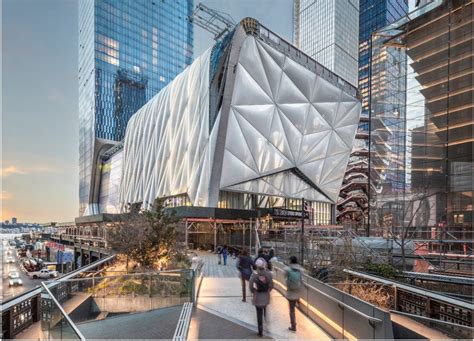
Monday, June 29
Having wondered about how our Manhattan building is coping, I began looking for visions of how cities should adapt to a pandemic-heavy future. It turns out there’s some cogitation going on—although much is still at the head-scratching stage.
As you might expect, the Massachusetts Institute of Technology is quite involved. The MIT Senseable City Lab and its Alm Lab are busy placing sensors in various world cities—and collecting data from global sewers. “A vast reservoir of information on human health and behavior lives in our sewage,” proclaims one project website. It foresees “a future in which sewage is mined for real-time information. Insights on eating habits, genetic tendencies, drug consumption, contagious diseases and overall health lie in the sewage system.”
So beyond a world peppered with CCTV monitors, there is a future world in which sensors poke through our filth in order to respond to coming crises. One pilot study involved a 24-hour sampling of stuff from a Cambridge, Mass. manhole. There researchers found and sorted more than 4,000 different bacteria.
There’s also a lot of attention being paid to “sustainable cities”—those with plenty of green space, more bike lanes, and less congested transit systems. But we’ve already heard a lot about that in New York City. In my opinion, it’s very much a work in progress, and at the moment it just means more traffic congestion and more accident-prone streets. Trucks double park in bike lanes. Pedestrians run for their lives across bus lanes and one-way thoroughfares. Dog-walkers and bird-watchers arm-wrestle for space in the park.
Say what you will about Singapore’s “therapeutic gardens,” serene greenery won’t do that much to ward off the next COVID crisis. Shouldn’t social distancing and some disinfecting mechanism be built-in to future development?
Unsurprisingly, most of the world appears to be going in the wrong direction. “In 10 years, an estimated 20% of the world’s population will live in urban environments with a limited access to appropriate water, health, and sanitation infrastructures,” says one Harvard public-health lecturer quoted by the BBC.
Urban farming? Refashioning neighborhoods so that everything one needs, from groceries to health care to exercise, is no more than 20 minutes away? Unless we abandon our current cities and build altogether new ones, that all seems a tad unreal.
But perhaps not to the Onassis Foundation, which is sponsoring a new Pandemic Architecture competition, soliciting proposals for city design that take account of pandemic dangers. At this point, the effort is more about raising questions than offering potential solutions. But it is a new undertaking—maybe something will come of it.
